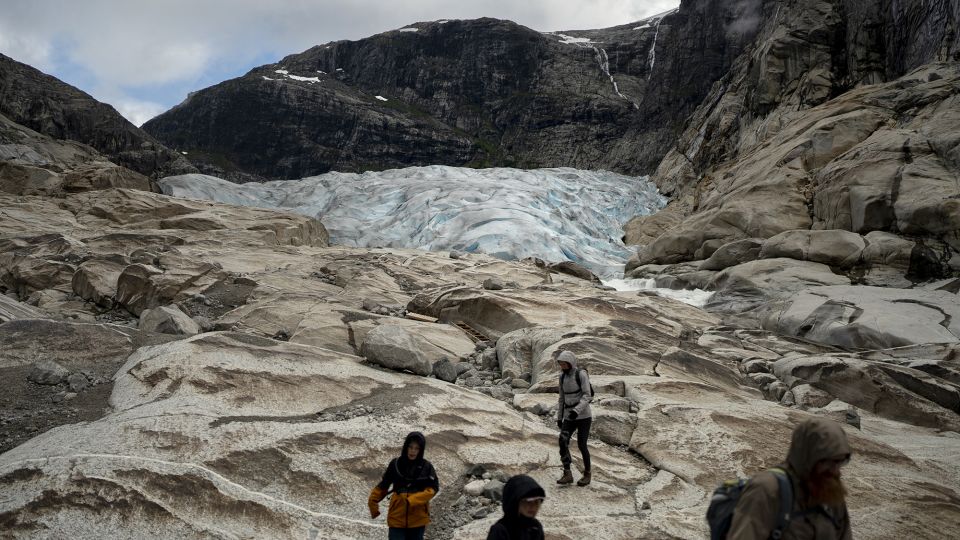The health of the world’s glaciers is in grave decline, with nearly 40% of their total mass now deemed doomed, regardless of any future climate stabilization efforts. Research indicates that by the end of the century, glaciers could lose up to 39% of their mass compared to 2020 levels, contributing about 113 millimeters to global sea levels. If current climate policies continue, this loss could escalate to 76%, with severe implications for nations relying on glacial meltwater for vital resources.
While the prognosis is bleak, researcher Lillian Schuster emphasizes a message of hope, suggesting that every fraction of a degree of global warming could help preserve glacial ice. Despite commitments from around 200 countries under the 2015 Paris Agreement to limit global warming, current trajectories indicate a potential rise of 2.9 degrees by 2100.
The study utilized multiple glacial models for long-term projections, revealing consistent trends: increased temperatures invariably lead to greater glacier mass loss. Although results varied widely, the trend remains clear that rising temperatures will negatively impact glaciers globally, particularly in vulnerable regions like western Canada, the U.S., and parts of Russia.
Source link


